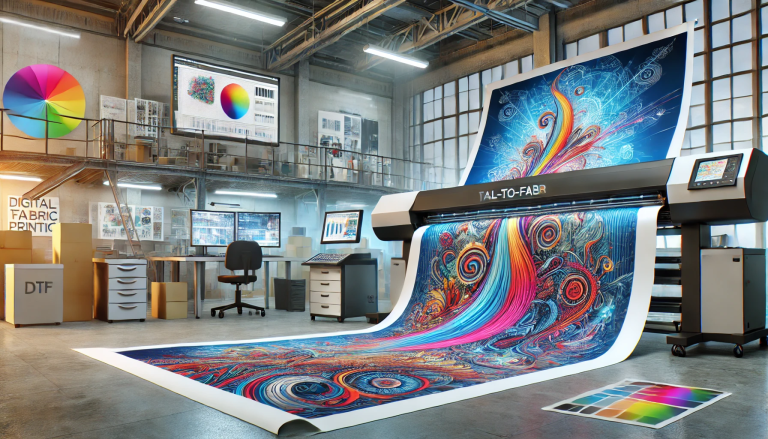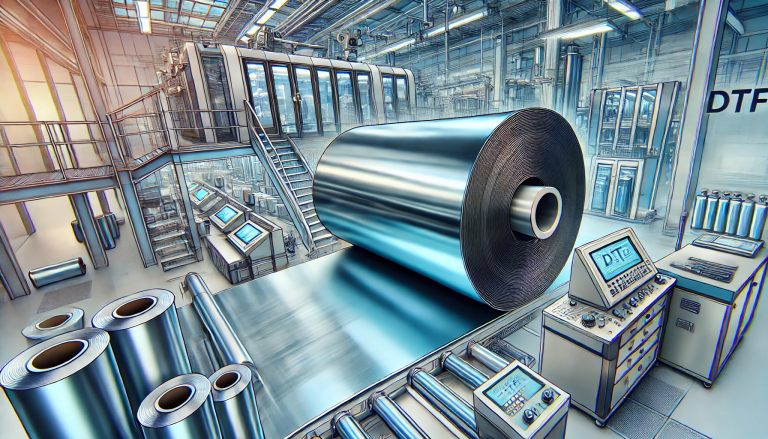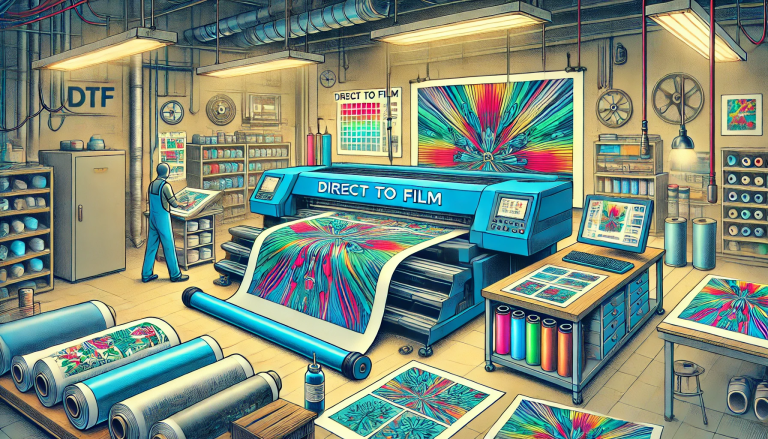“Unraveling the Mysteries: Are UV DTF AB Decal and Transfer Paper the Same?” -MAXDTF- UV DTF Adhesive Transfer Film Supplier, Direct to Transfer UV DTF Film Factory, Made in China
Part 1: Understanding the Basics
UV DTF AB Decal
UV DTF or Ultraviolet Direct to Film printing is a relatively new technology in the print industry. It is a process where designs are printed directly onto a special film, then cured using UV light. The AB decal is a particular type of UV DTF transfer that involves using a layer of adhesive (A) and a layer of blocking (B), hence the name AB. This method allows for precise, high-resolution designs with excellent durability.
Transfer Paper
Transfer paper is a type of paper coated with a material that allows for the transfer of images or designs onto a different surface, such as fabric, using heat. Designs are printed onto the transfer paper, then applied to the desired surface with a heat press or iron. The process is versatile and user-friendly, making it a popular choice for DIY projects and small businesses.
Part 2: The Application Process
The application process of UV DTF AB Decal and transfer paper is notably different, both in terms of the equipment required and the steps involved.
For UV DTF AB Decal, designs are printed directly onto the special film using UV-curable inks. The UV light then cures the inks, making the design durable and resistant to wear and tear. The finished decal can be applied to various surfaces, including non-porous ones like plastic or metal.
Transfer paper, on the other hand, requires a design to be printed onto the paper first. The design is then transferred onto the desired surface using a heat press or an iron. This technique works best on porous surfaces like cotton or paper.
Part 3: Durability and Versatility
Both UV DTF AB Decal and transfer paper provide durable results, but their level of versatility differs.
UV DTF AB Decals offer high durability because of the UV-curing process. The result is a high-quality, long-lasting print that can withstand environmental factors. Additionally, UV DTF AB Decals are versatile, as they can adhere to a wide variety of surfaces.
Transfer paper also provides a durable print, but its suitability is more limited. While it works excellently on fabric and paper, it might not adhere well to less porous surfaces like plastic or metal.
Part 4: Cost Implications
Generally, UV DTF AB Decals are more costly to produce, given the expense of UV-curable ink and the specialized equipment required. However, for businesses that require high-quality, durable prints on a range of materials, the cost can be justified.
Transfer paper is less costly and more accessible, making it a popular choice for small businesses and hobbyists. It doesn’t require specialized equipment beyond a printer and heat press or iron, making it a more budget-friendly option.
Part 5: Which Is Right For You?
Ultimately, the choice between UV DTF AB Decal and transfer paper depends on your specific needs and resources.
If you require high-quality prints with exceptional durability that can adhere to various surfaces, UV DTF AB Decal might be the best choice. However, it requires an upfront investment in equipment and materials.
On the other hand, if you’re working primarily with fabrics or paper, or if you’re just starting and need a more budget-friendly option, transfer paper could be the perfect solution.
By understanding the differences between UV DTF AB Decal and transfer paper, you can make a more informed choice about which technique best suits your needs. Happy printing!





